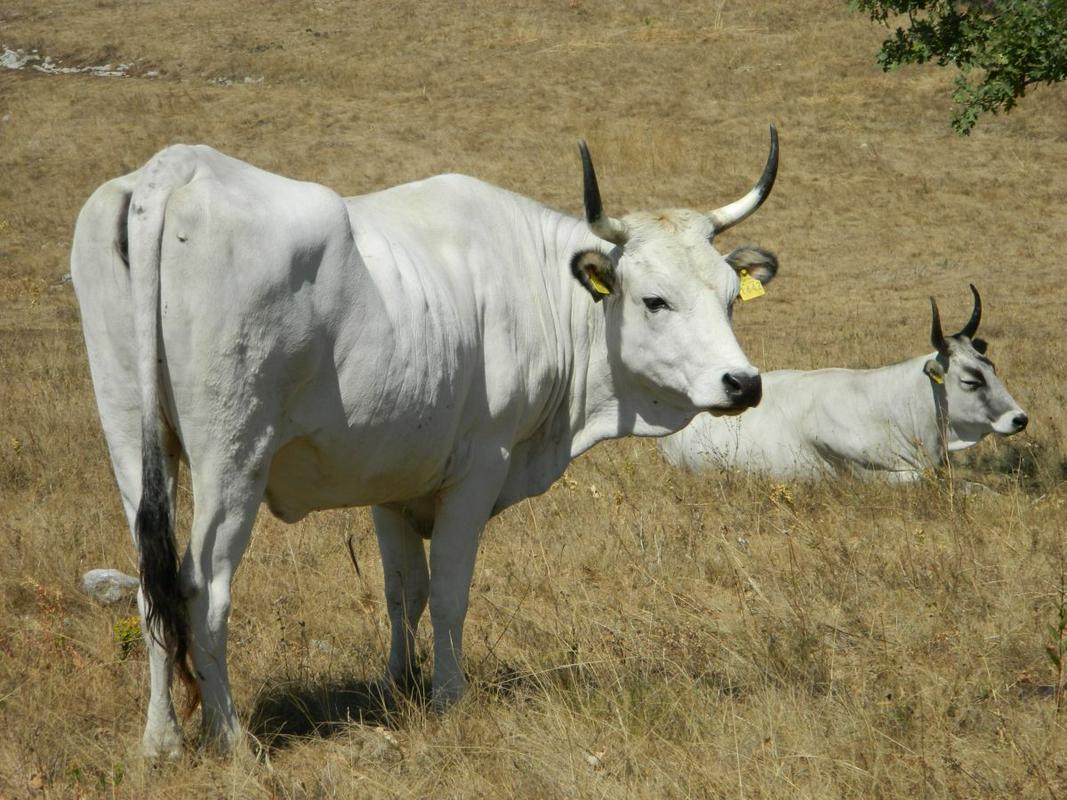
The unique culture, cuisine, and scenery of Slovenian Istria have long attracted visitors to the region in the southwestern part of the country. But recently, another, little-known part of this ancient province’s history has been rediscovered: a breed of cattle known as boškarin.
The cattle, particularly the breed’s famed oxen, have grazed Slovenian Istria for generations. Some say that the breed had been introduced by the Romans. Whatever their origins, the muscular animals turned out to be perfectly suited to the difficult conditions of the area – a region of scorching summers and frequently severe winter weather. The oxen were capable of pulling heavy loads and were indispensable to local farmers. Through the years, they became symbols of Istria, and were even portrayed by the Slovenian artist Vladimir Makuc.
Over the years, however, the advent of mechanization reduced the need for boškarin oxen, and by the close of the 20th century, the breed has vanished from Slovenian Istria. But a few years ago, a group of farmers decided to reintroduce the breed from the Croatian part of Istria.
The reason for the introduction lies primarily in the breed’s high-quality meat. Boškarin beef is already served in a number of restaurants in Croatia, where it has proved to be a hit with diners, and Slovenian breeders are hoping that gourmets back home will also embrace the Istrian delicacy.
The reintroduction of the boškarin has other benefits as well. The breed is helping to revive the traditional cultural landscape of the region, and cattle-grazing is already helping to keep grasses low, which in turn greatly reduces the risk of wildfires.
With Slovenia undergoing a culinary renaissance, boškarin breeders hope the breed will provide them with a livelihood just as it did for their ancestors many generations ago.

































































